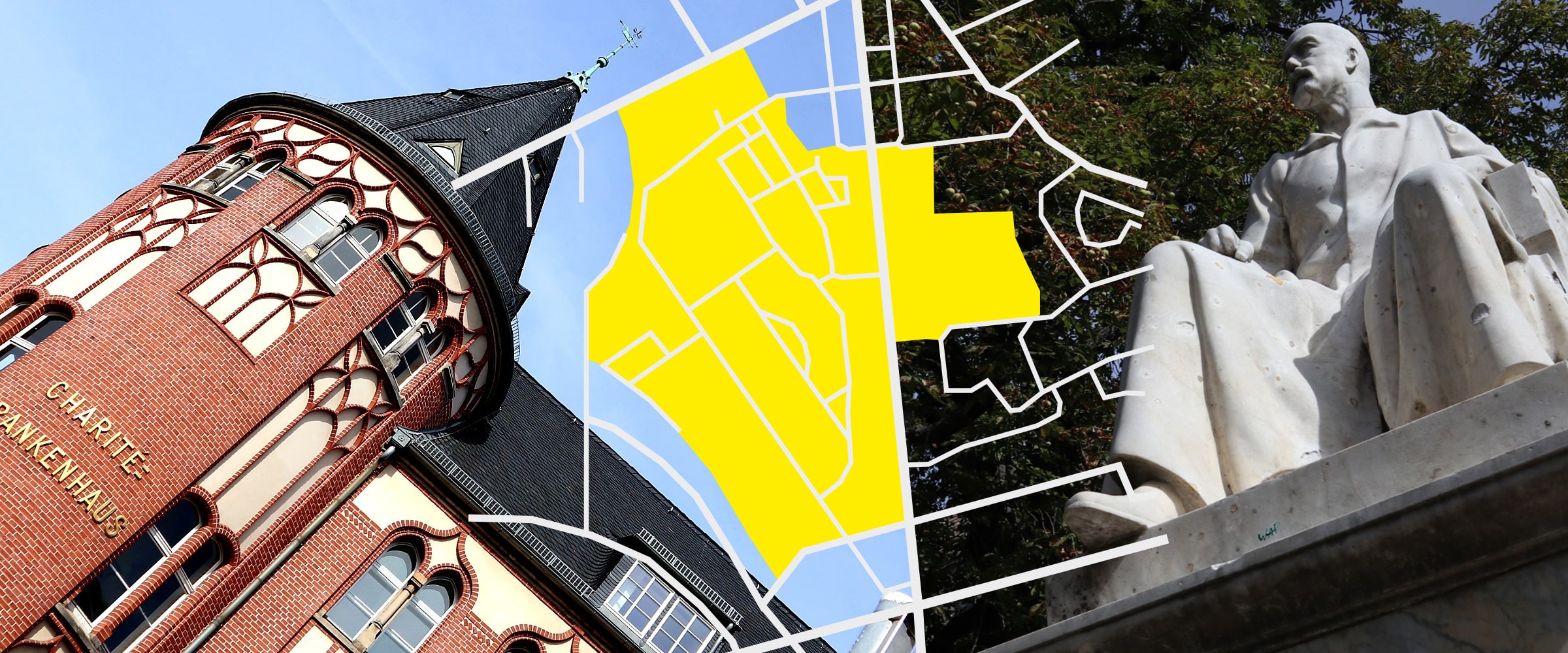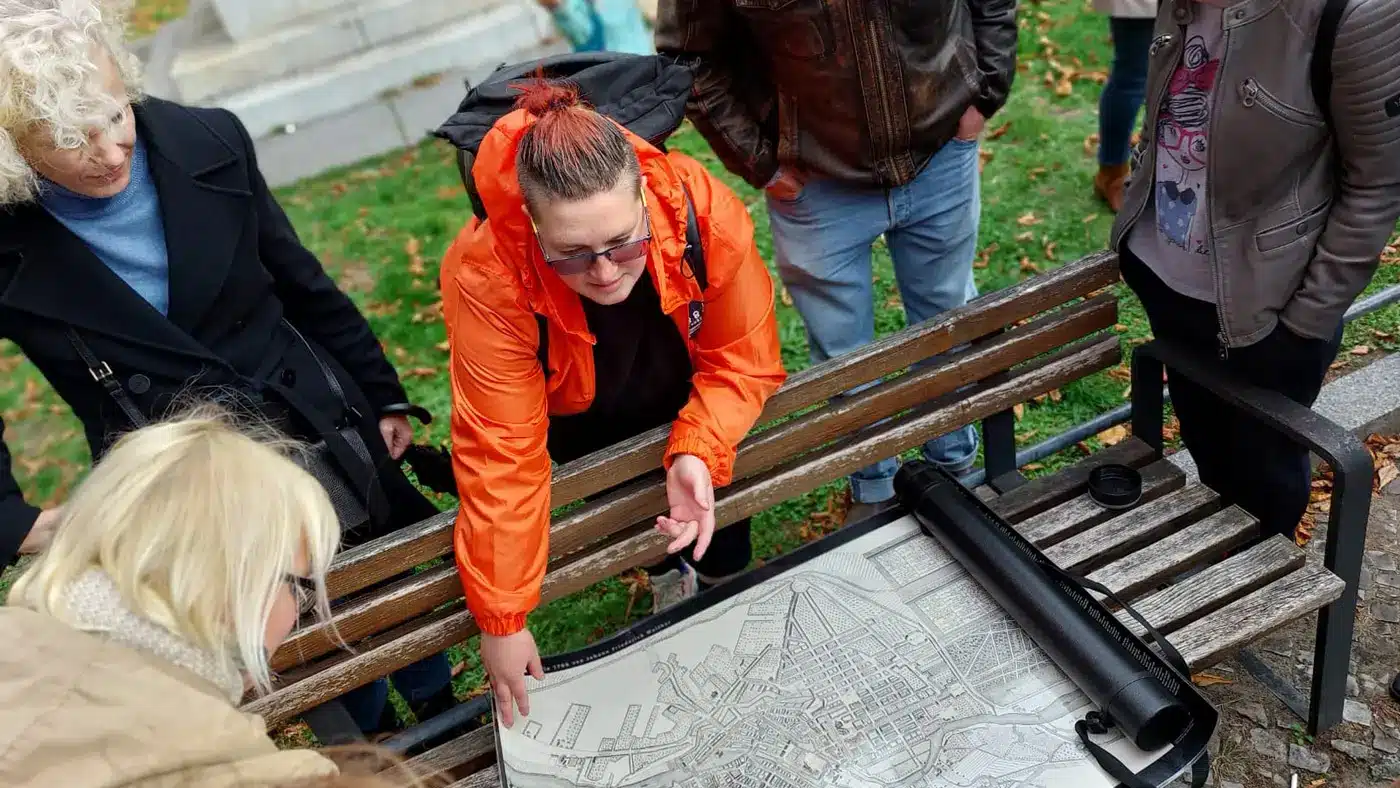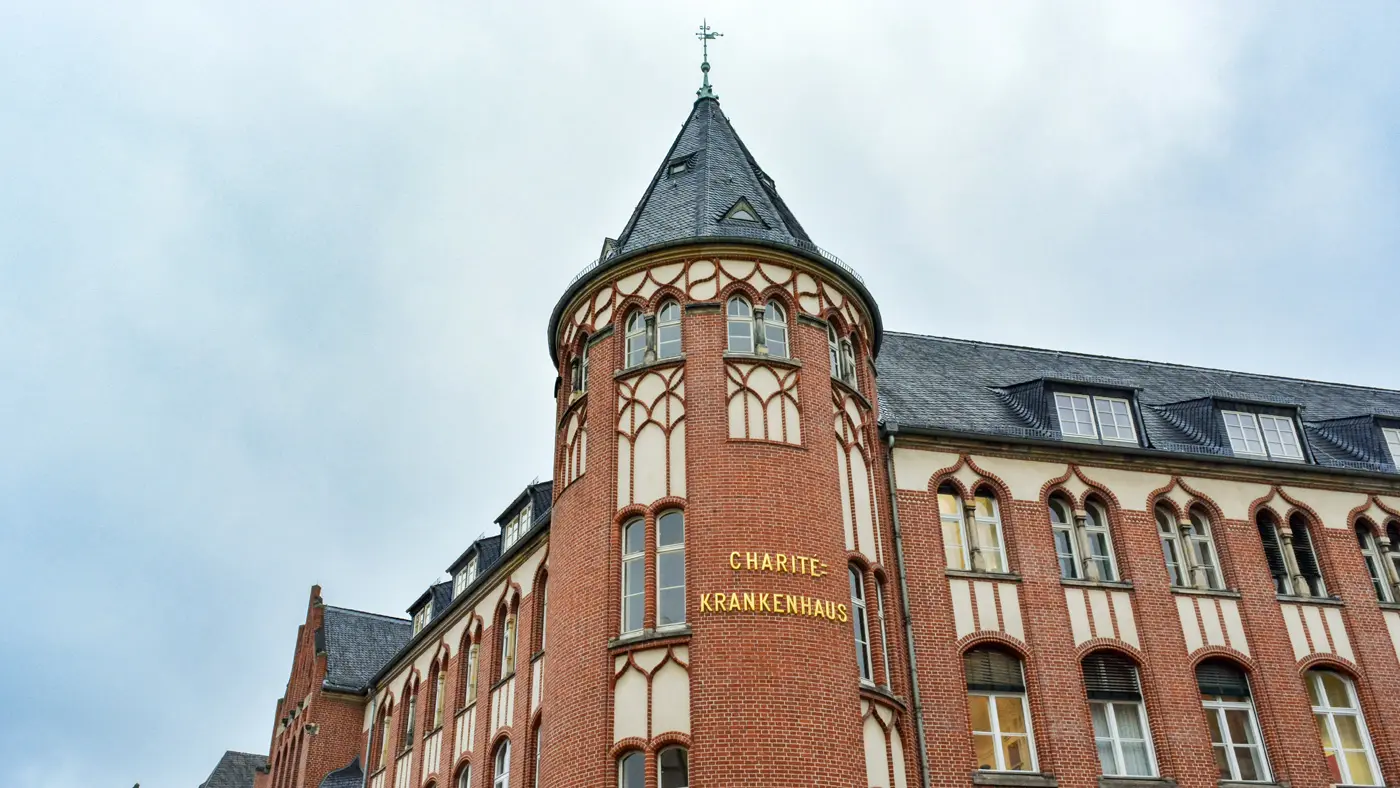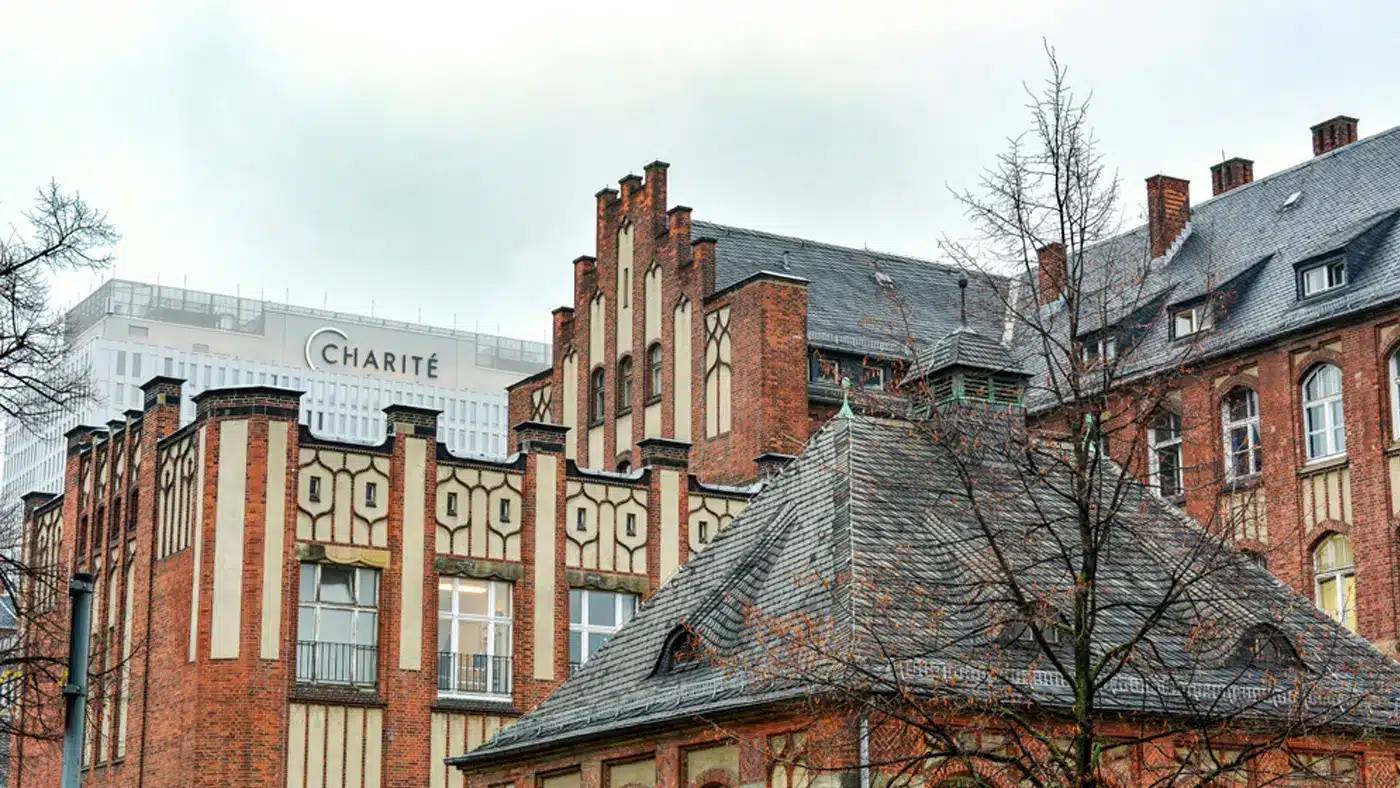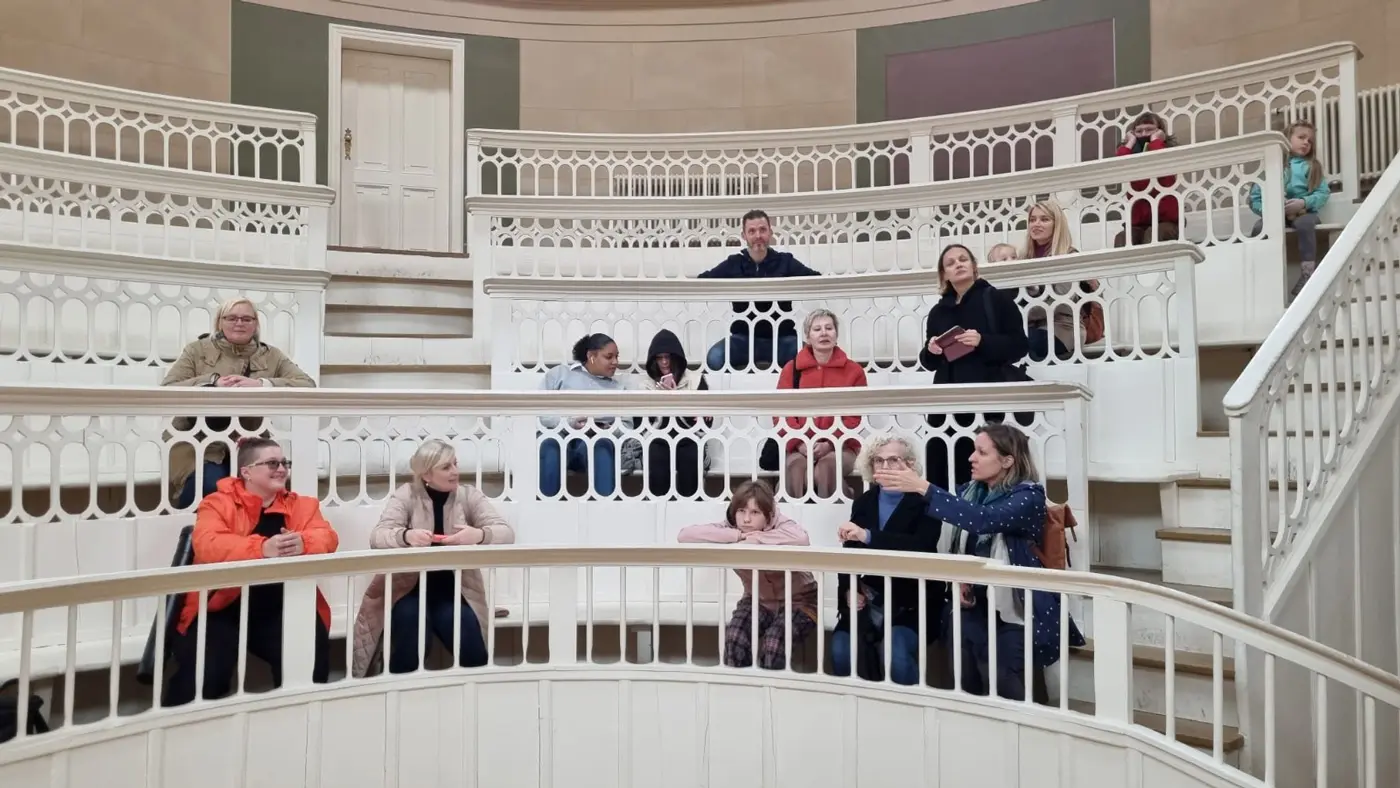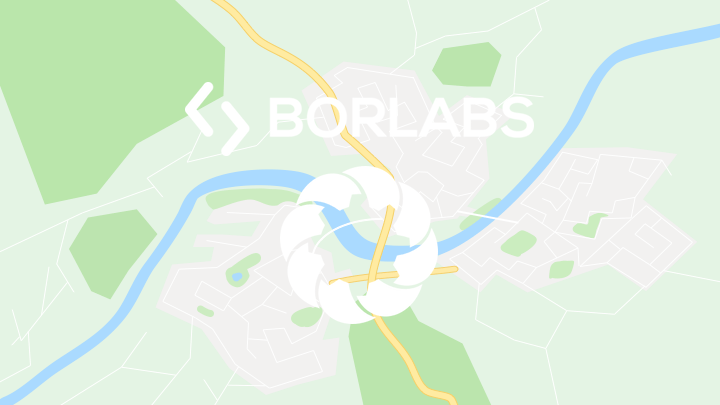Berlin Charité: 300 Years in Sickness and Health
The history of Charité, Berlin’s oldest hospital, spans both the promise and betrayal of medical science.
Price + VAT 19%:
25,00 € regular
20,00 € discounted
What is NOT included on this tour:
Tour in a nutshell
The history of Charité, Berlin’s oldest hospital, spans both the promise and betrayal of medical science. It is the story of the struggle to understand disease and also of what happens when a hateful ideology turns doctors into executioners. Although its beautiful red-brick campus feels like a world of its own, the Charité has not been immune to the whims of the powers ruling Berlin and has been the political instrument of Nazis and East Germany alike. On this walking tour, we will dissect 300 years of success, failure and everything in between.
Meeting Point:
At the Robert Koch monument in Robert-Koch-Platz. Look for our guide with the orange umbrella!
Need To Know Before You Go
Duration: Approx. 2 hours
Group Size: Maximum 15 participants (larger groups on request; only bookable as a private tour)
Pets: Well-behaved dogs on a leash are welcome, provided they do not disturb the group. Service animals are always allowed.
Reviews
Facts, characters and disputes are intelligently mixed and told as exciting stories at these tours! Attended the Charité and Karl-Marx Allee tours: just top-notch. Totally recommended!
Lots of interesting info! Perfect work from tour guide.
Really enjoyed tour “300 years history of Charité”. Martina was a great guide, told interesting details and showed a lot of easily missed places.
Want to know more?
The history of Charité stretches back to its humble beginnings as a pest house in 1710, when the bubonic plague was approaching Berlin. In the early days of the hospital, methods such as bloodletting, doses of quicksilver and amputations were common in treating the sick.
The tour circumnavigates the historical neo-gothic campus of the Charité, where medical pioneers like Robert Koch and Rudolf Virchow made groundbreaking discoveries. But Charité is also a symbol of social progress, being the place where Rachel Hirsch became the first woman to hold a medical professorship in Prussia. Her appointment in 1913 marked a significant step forward for women in medicine, reflecting the shifting social attitudes of the early 20th century, despite the resistance she faced within the institution.
The hospital also witnessed the dark times of the Nazi regime. Medical ethics were disregarded and Nazi ideas of racial hygiene were ruthlessly imposed. While some doctors kept quiet and conformed, others organised the extermination of psychiatric patients. In subsequent decades, East Germany prided itself on the achievements of the Charité, while bricking up those windows that faced towards the capitalist West. This tour opens up a world of exciting discovery and historical tragedy, taking you to the heart of medicine’s struggles in the modern age.
